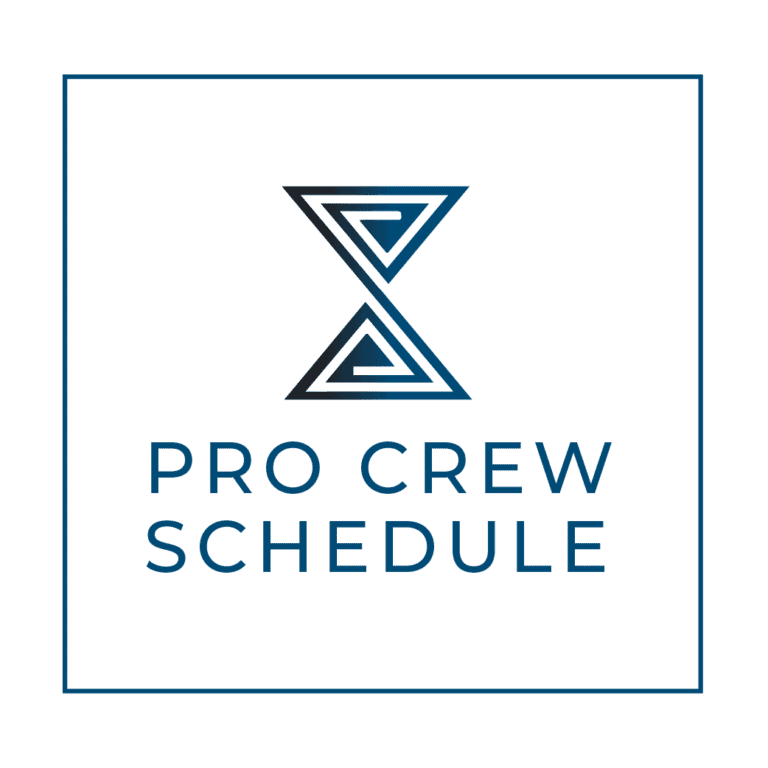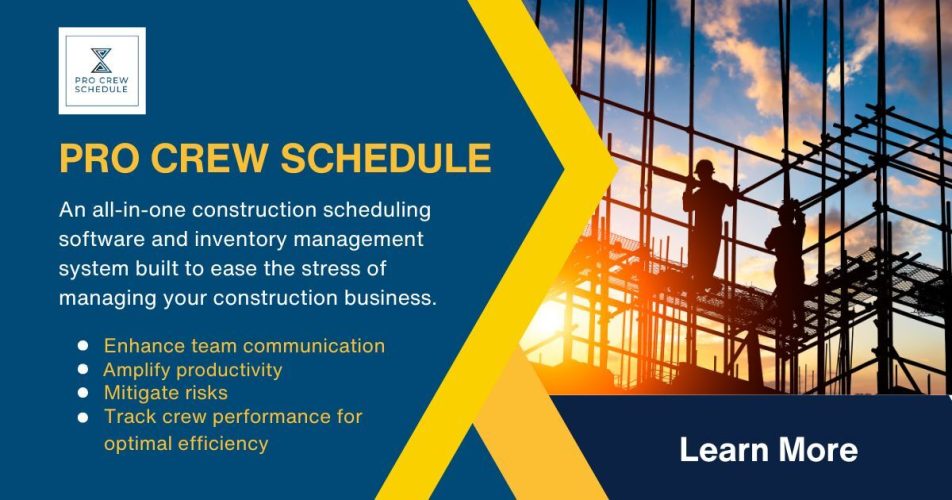Success in construction projects relies on understanding and managing hidden costs, which can quickly disrupt budgets—even during apparent growth.
Hidden costs, often overlooked, can significantly impact profitability. Workers should use data-driven management systems to identify these expenses early. Business insight helps spot compliance issues, delays, and quality problems that budgets may miss.
Before we explore the details, it is important to understand which hidden costs tend to affect construction projects most. In the next sections, this article will also share practical tips on how to stay within your budget from start to finish.
What Are The Hidden Costs that Affect Construction Profitability
Compliance issues, delays, poor quality, material waste, and rising overhead are hidden construction costs often overlooked in budgets. If left unchecked, they can sharply reduce income, cause project delays, and lead to client dissatisfaction. Strong monitoring and real-time analytics help keep projects on track.
Hidden costs can quietly erode earnings through overruns from materials, extra work, or delays, harming profitability. Early detection using data analytics helps protect job margins and maximize returns.
Common Hidden Construction Costs
Projects risk failure without addressing hidden costs. Awareness and forward planning help prevent budget shocks. Here are common hidden construction costs.
Design and Engineering Fees
Building costs don’t start with site work—significant expenses appear earlier. Architects, engineers, and artists turn concepts into buildable plans, often charging 10–20% of the construction budget, depending on complexity and size. Overlooking these early costs can leave you underfunded.
Government, Inspections, and Permits Fees
Every project requires permits, inspections, and city fees, as required by local rules. Prices vary but can add significantly to your budget. Failing to secure a permit or failing an inspection can lead to fines, delays, and other unplanned costs. You should consider hiring a worker who knows local rules and permitting processes to avoid these issues.
Site Preparation and Problems
Sites must be prepared before laying foundations, a stage where surprises occur. Hidden factors can greatly increase the required work. Issues such as buried debris, weak or polluted soils, or damaged root systems can exceed budgets by 10–15%, especially if discovered after excavation starts.
Utility System Issues
It might look easy to connect to services until you find out you need to upgrade. Project managers or owners may need to install a new transformer, septic tank, well, or water line extension. For remote projects, upgrades may cost tens of thousands. You should conduct early utility evaluations to help predict and plan for these expenses.
Material Escalations
Weather, demand, supply chains, and transport quickly change material costs. Recently, steel, concrete, lumber, and insulation prices have varied greatly. Material costs rising by even 10–20% can bust budgets, especially on long or phased projects.
Change Orders and Scope Creep
Change orders are common and costly, triggered by project problems or changes needing new materials or methods. Each change increases labor, time, and expenses, threatening budgets, causing delays, and complicating logistics.
Labor Overruns and Shortage
Labor is a large project cost, and overruns quickly drive up total expenses. Causes include poor management, weather, overtime, and material shortages. For example, a six-month job may take nine, with labor costing 25–50% more. Delays postpone the space’s use or sale, and overtime costs hurt profits and endanger schedules.
Insurance and Liability Risks
Construction projects carry risks, and insurance protects owners and contractors, but it also adds to costs. Sometimes these costs are built into the contractor’s fee, but not always. You might also have to buy the tools yourself if you’re going to be your own general contractor.
Inflation
Inflation affects every building cost, from materials and labor to logistics and tools. Delays of even a few months can increase costs. Global or regional events can cause shortages and shipping delays, raising prices further.
Taxes and Loan Fees
Don’t forget taxes and financing costs. Loans, home equity lines, or private funding can reduce your budget.
Reasons Why You Might Miss Out on These Hidden Costs
Staying on budget is as important as meeting deadlines. While expenses for materials, labor, and permits are considered upfront, most projects still run into financial issues—usually from hidden, unforeseen costs. Even experienced builders may miss these, leading to delays, disputes, or overruns. We’ll explain why hidden construction costs are missed and how to avoid them before they threaten your project.
Poor Project Management
Construction projects face many challenges that drain earnings. Poor project management stands out, leading to hidden costs from scheduling and communication problems, which cause delays, higher costs, and frustration.
Delayed Schedules
Problems continue when schedules and plans fail. Delays increase labor, tool, and material costs. Missed deadlines bring fines, further adding to expenses.
Communication Barriers
Communication problems are another big reason why project management is not working well. When workers, subcontractors, and customers don’t communicate, it can lead to mistakes, rework, and delays that incur significant costs. To avoid this, construction managers should use construction management software to provide everyone with a central place to share information, keep track of progress, and solve problems right away.
Failures in Quality Control
Poor quality control can greatly impact a project, adding extra costs and problems. Inadequate audits often let flawed work pass, requiring expensive fixes. These raise costs, slow progress, and lower profits. For example, finding a major mistake late means costly, disruptive repairs.
Material Flaws and Shortages
Material flaws and shortages are another secret cost of building. If project managers receive materials that are not up to par or are damaged, this can lead to installation problems, waste, and the need for additional purchases, all of which can increase the overall cost of the job. Once it is known that important materials are in short supply, project teams may be forced to rush to find other sources at higher prices. This interruption halts progress and consumes resources as you try to navigate these unexpected problems. To reduce these risks, strengthen supplier management and quality testing processes.
Inefficient Use of Labor
Choosing less-skilled workers may seem cost-effective but usually isn’t. They often work slower, impacting productivity, and their inexperience leads to mistakes, rework, and wasted materials, delaying completion and increasing costs.
Lack of Training
Another secret cost is the cost of training these people. Supervisors must ensure that workers who are not skilled receive extensive training to meet high standards. Project leaders often overlook this training stage, which wastes time and resources. Also, mistakes made during this learning phase can lead to additional work and delays, adding to financial stress. To deal with these problems, you should invest in programs that provide your employees with ongoing training and growth.
Issues with Regulation and Compliance
When construction businesses do not follow industry rules, they often face big financial problems. This can strain the company’s finances and harm its image. Leaders should dedicate resources to keeping up with changes in regulations and ensuring that everyone follows the rules. This requires a proactive attitude beyond basic compliance. Important steps include implementing strong training programs and maintaining specialized compliance teams.
Ways to Lower the Hidden Construction Costs
Don’t let hidden costs undermine your well-planned project—act now to strengthen your monitoring and cost control. Apply these strategies to your next construction job and take charge of your budget, making every dollar count.
Adopting Digital Tools for Monitoring In Real-Time
Adopting digital tools that let you watch and analyze data in real time is one of the best ways to cut down on hidden costs. Automated cost tracking software monitors how much material is used, how many hours of work are done, and how efficiently equipment is used. This helps find problems early on in the project’s lifecycle.
Using Predictive Analytics
Another strong way to reduce hidden costs is to use predictive analytics. AI-powered forecasting tools can identify possible cost overruns and areas where costs may rise without warning by analyzing past data and current project trends. This allows project managers to make changes in advance, such as adjusting resource allocation or project durations, so the budget isn’t significantly affected.
Efficient Procurement and Supply Chain Management
Controlling hidden costs depends a lot on how well buying and supply chain management are done. With digital solutions, workers can improve the way they order materials, ensuring they only buy what they need and not too much or too little. Predictive supply chain analytics help forecast changes in material prices and supplier delivery times, making it easier to negotiate and plan strategically.
Optimized Construction Crew Management
Hidden costs are not just for goods; poor management of the workforce can also significantly increase costs. Using automated scheduling tools and systems to track workers ensures they are utilized properly and any delays are addressed immediately. Real-time workforce data provides information about worker productivity and helps identify bottlenecks so that resources can be reallocated.
Key Takeaway
It is easy to get excited about a new building project, but budgets can quickly fall apart when unexpected costs come up. Being able to see what most people miss is the key to success.
If you know where the hidden costs are likely to show up and take steps to deal with them, you will avoid going over budget, unnecessary delays, and be able to make smarter business decisions. Whether you’re a renter building a forever home or a developer planning your next project, your budget should be based on what you can actually afford, not just what is in the plan.







